I guess you should use proxmox at this point 🤣
fl42v
Well, I've heard of at least one case where a PD charder likely died in a way that the output voltage was consistently above 5. Not sure what exactly, but it managed to fry a laptop via type-c that didn't support charging, and 5v won't do that.
Basically translates to "despite me liking English, js is not my cup of tea". "Вообще мимо" can also be more literally translated as "a complete miss", but I'm not entirely sure if it's used that way
Sweet home Alabaya or something?
[I can't read]
Agreed, crab that anti-foss activist in particular
Do you like Russian, tho? Some Russians I've encountered did find it overcomplicated at times... Но в целом понимаю: мне норм заходит энглиш, а жабаскрипт вообще мимо
I think ppl just got pissed with the fanboys unironically asking to RIIR everything. The language itself is comfy AF, tho
A bit of an update here: I decided to do it. Basically, 1st you need to desolder the flex cable, starting with 2 positive wires and not shorting them to other stuff (I haven't tried doing it myself, but it doesn't seem like a good idea)
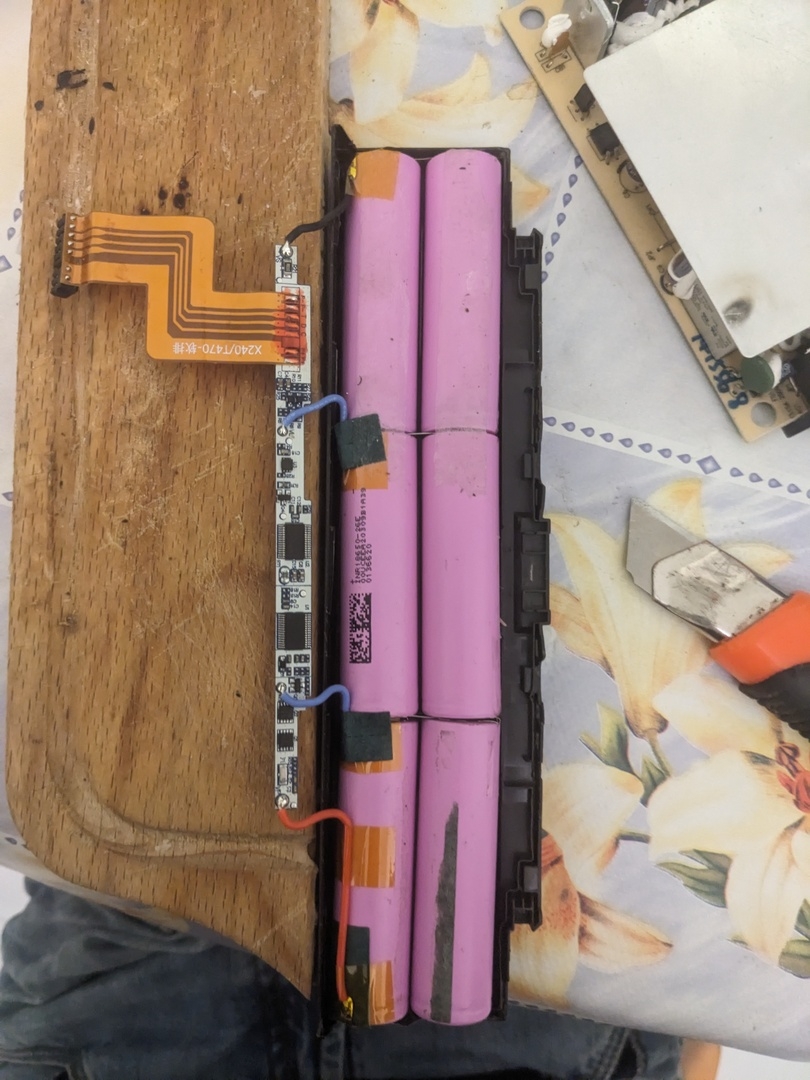

Then solder everything but positive, isolate, solder positives, isolate. I used hot glue since I'm in the middle of nowhere and too impatient to wait for some more appropriate stuff to be delivered.
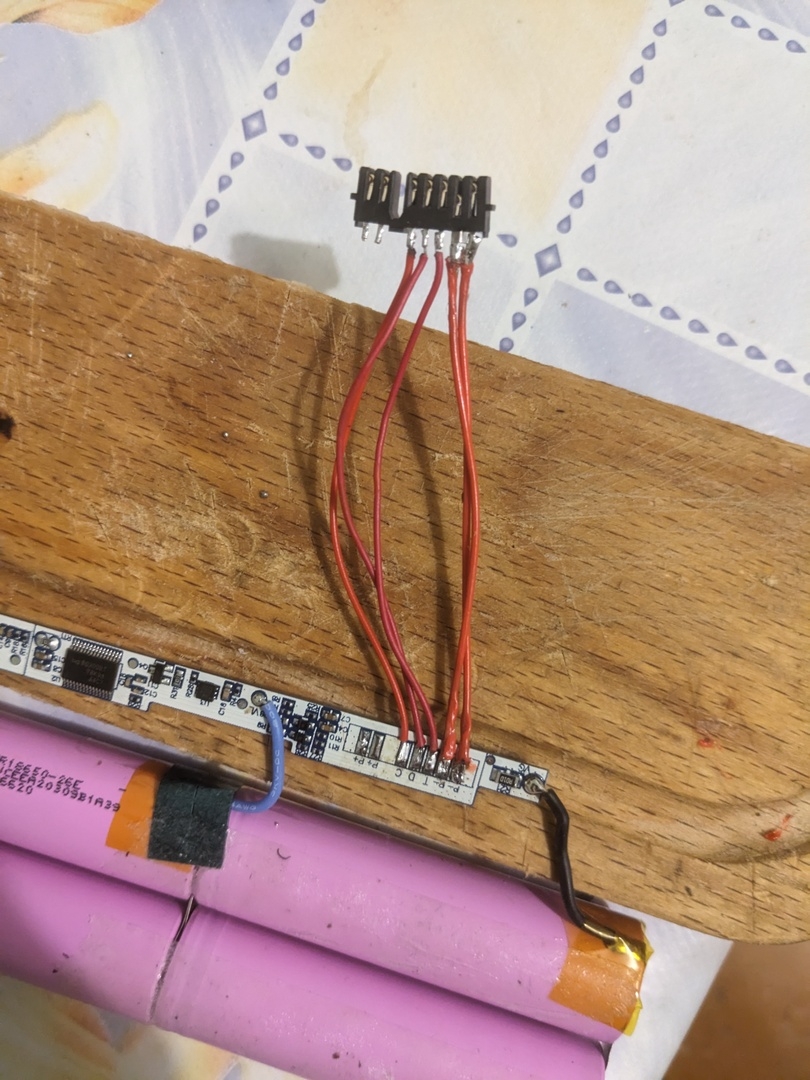
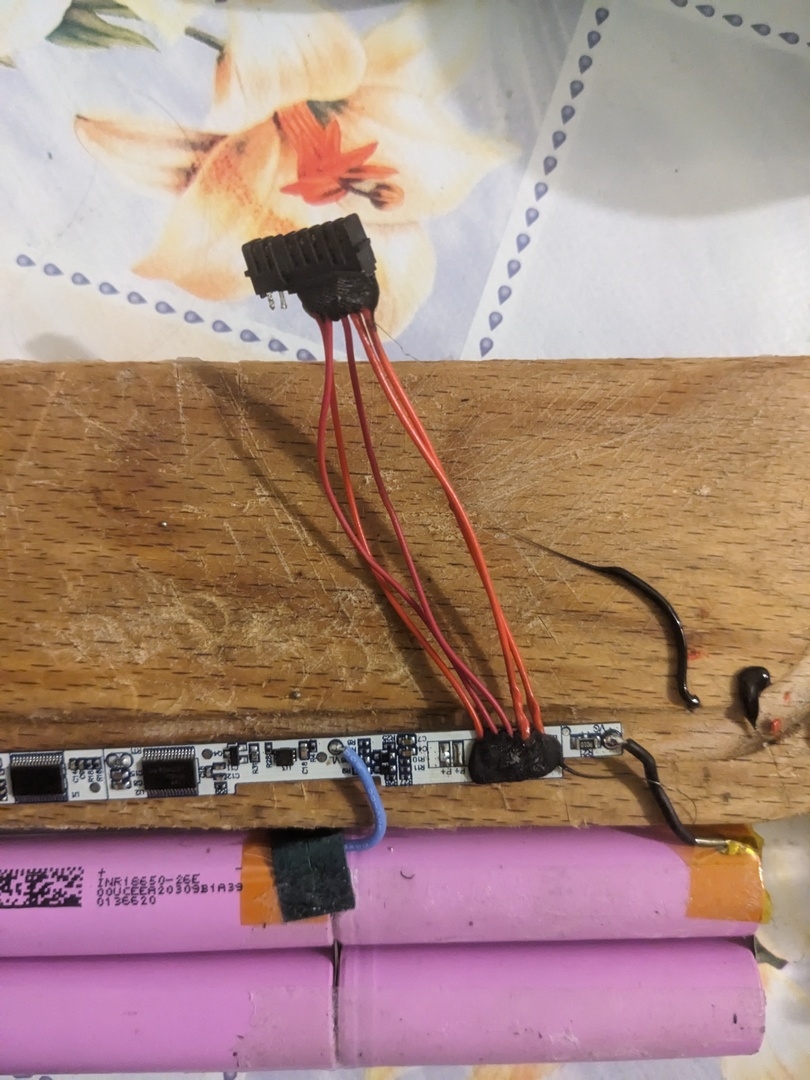
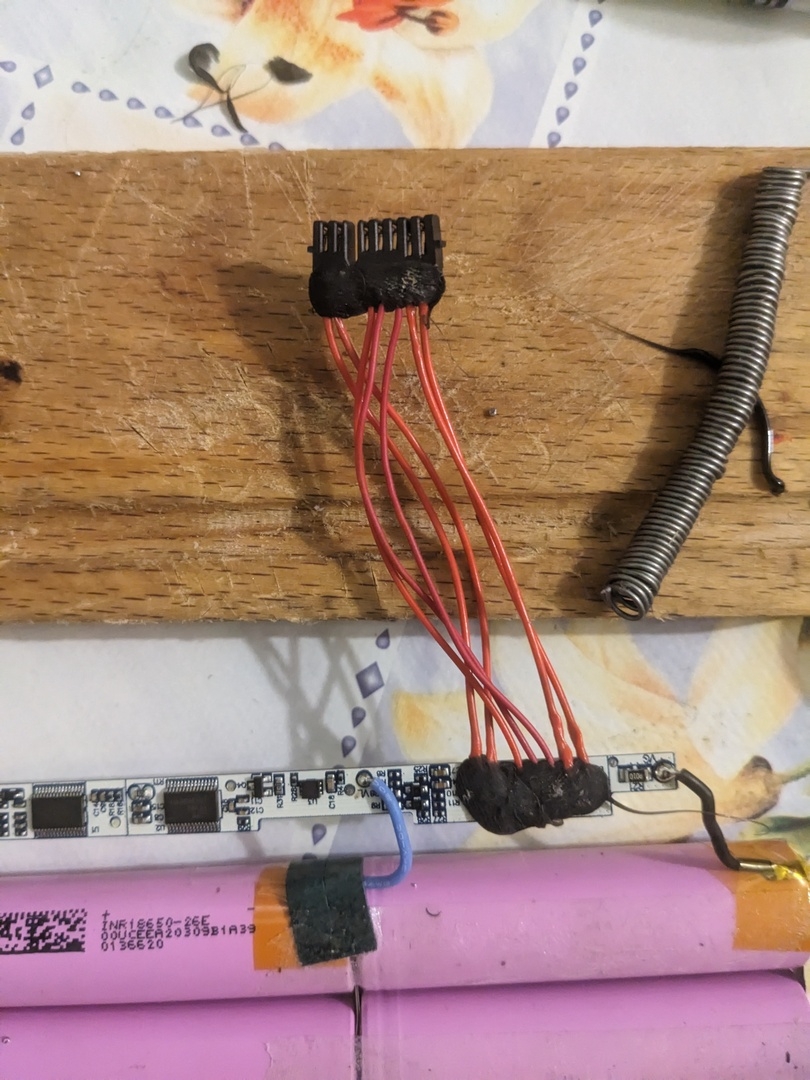
Then install the contraption into the case which doesn't fully close now, but it's unnoticeable when plugged in into the laptop.
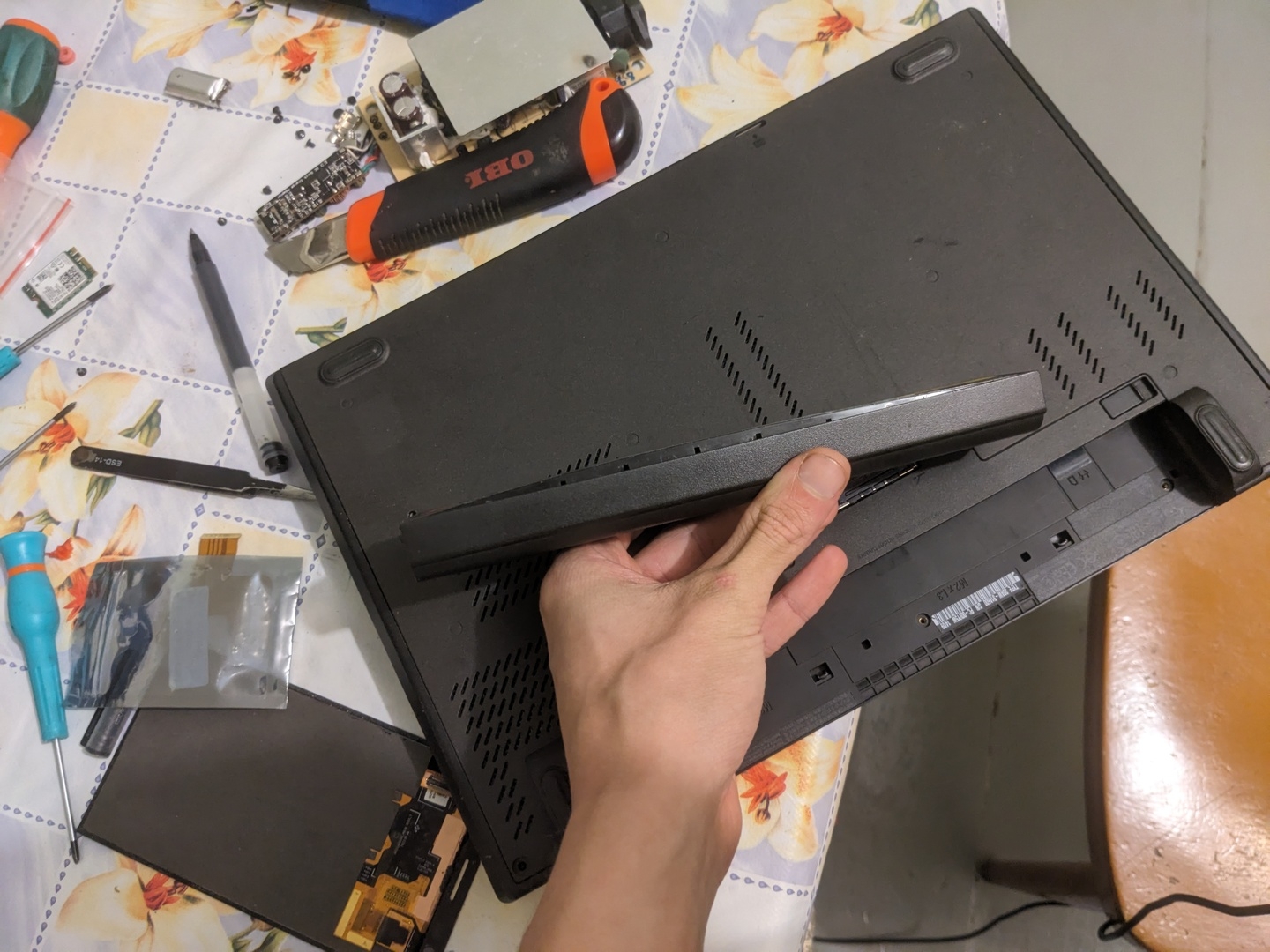
App pinning has an explicit warning that "personal data may be accessible" and "pinned apps may open other apps". I mean, it's better than nothing, but I'd prefer not to rely on it anyways.


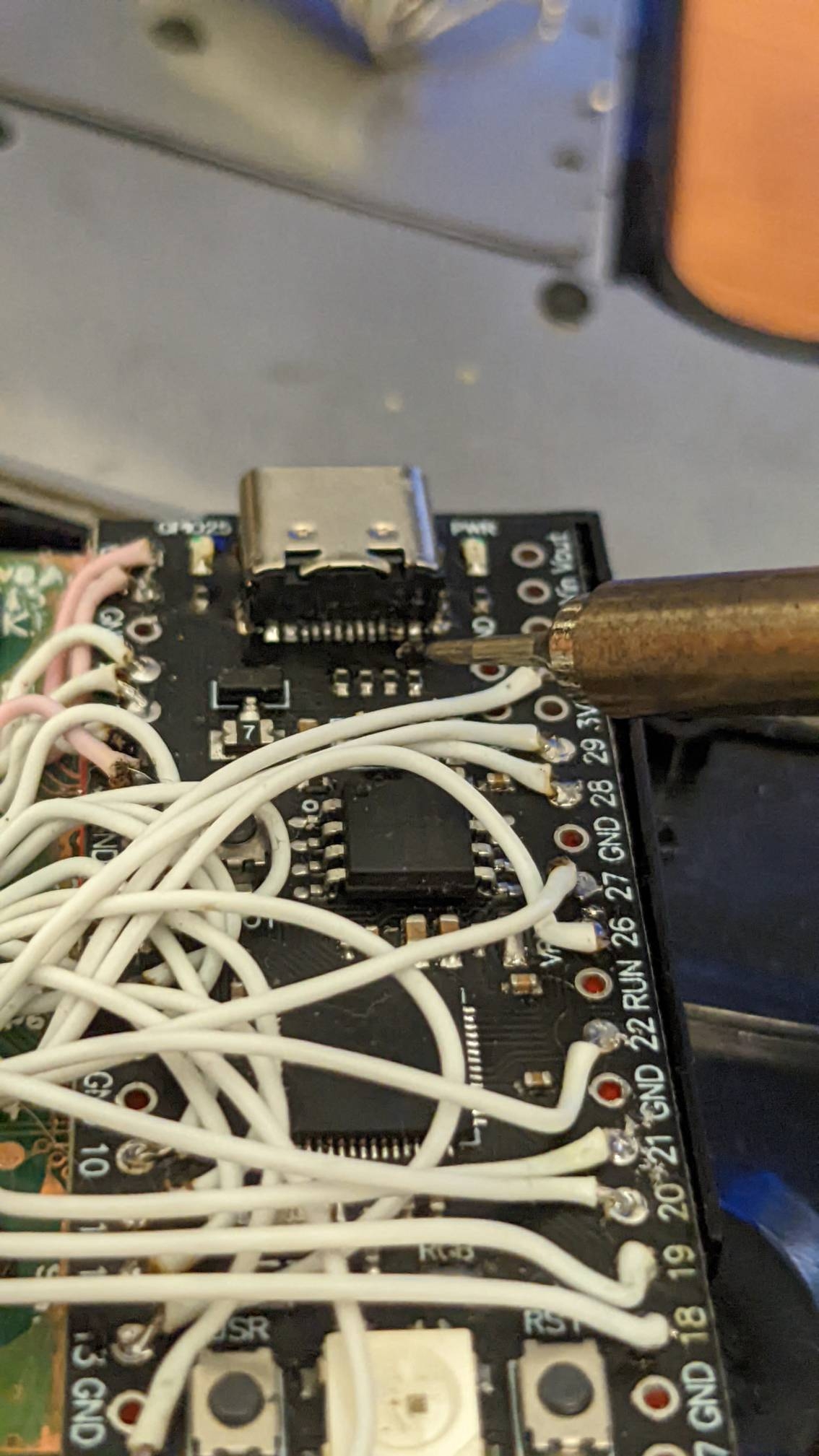
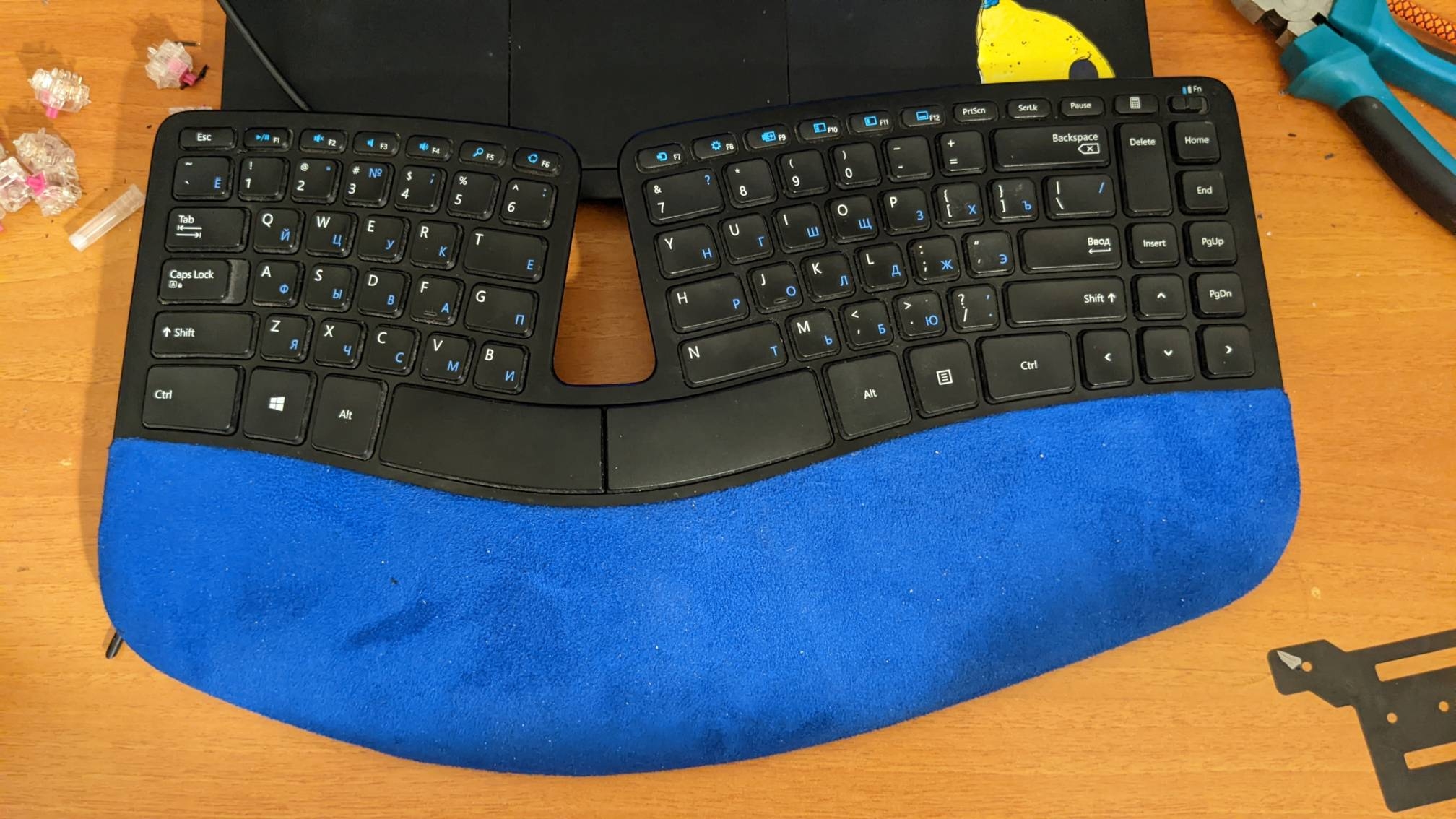
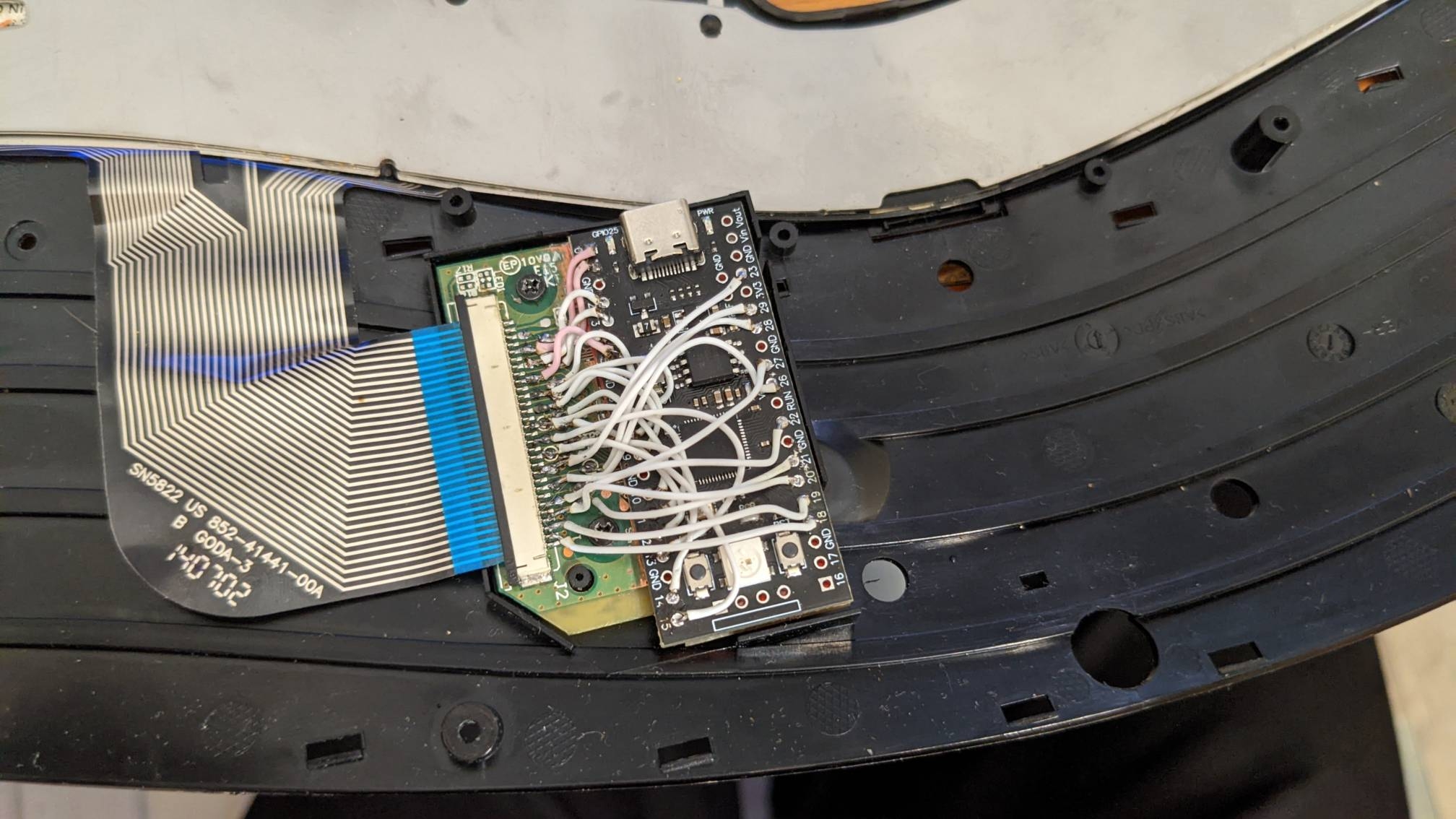





Everyone is anyone, but some are anyoner. Or something, idk